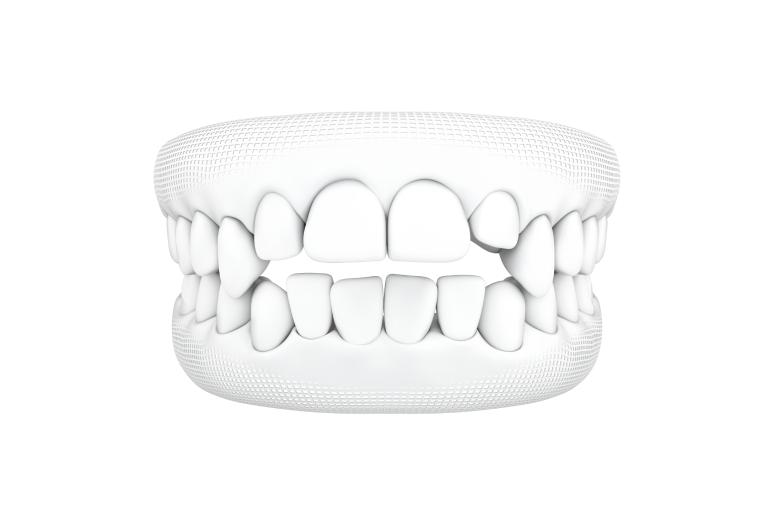
See what Invisalign® treatment can do
From simple straightening to bigger fixes.
Is Invisalign treatment right for you? For many people, the answer is yes.
Whether you just want to love your smile a little more, you think you've got a particularly tough case, or you're a teen and your teeth are still growing in, see what Invisalign treatment can do for you.
